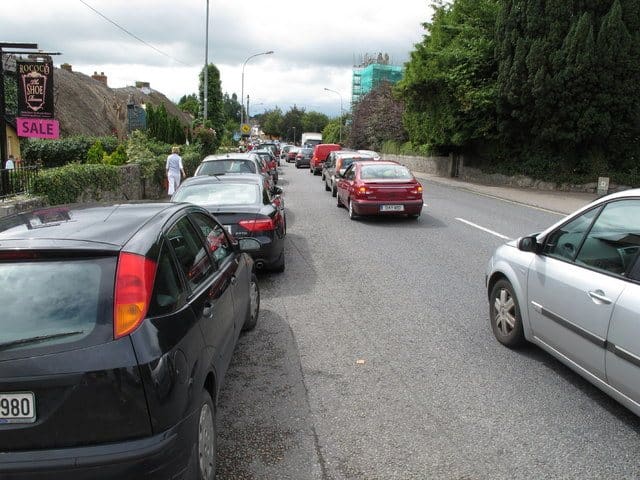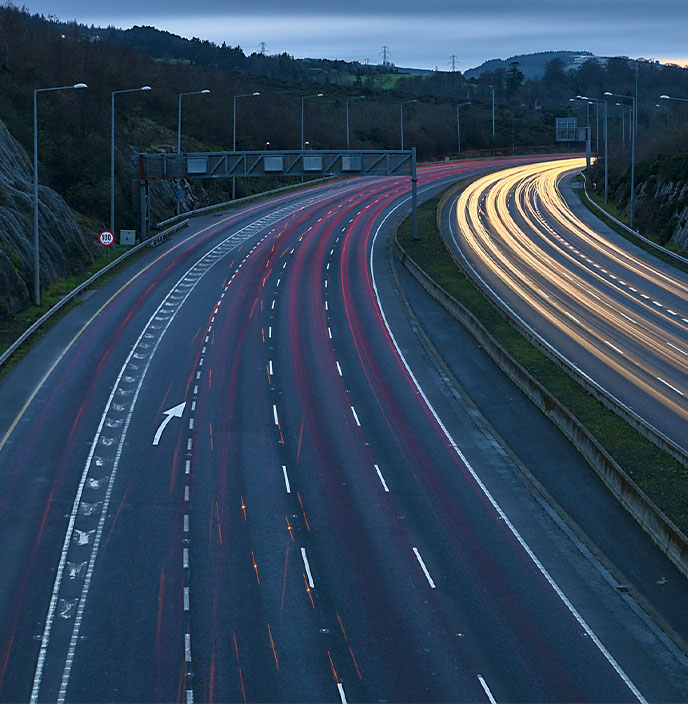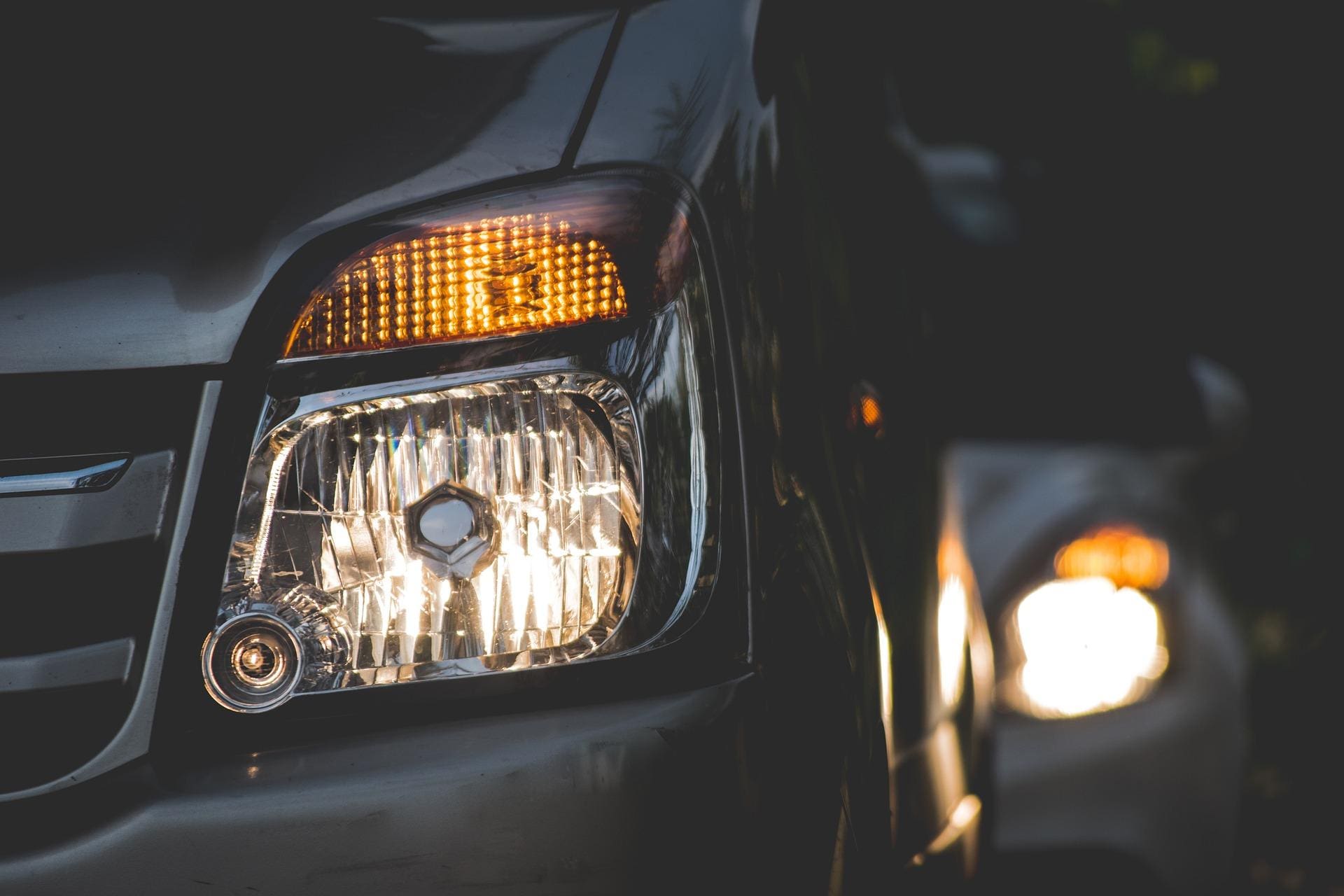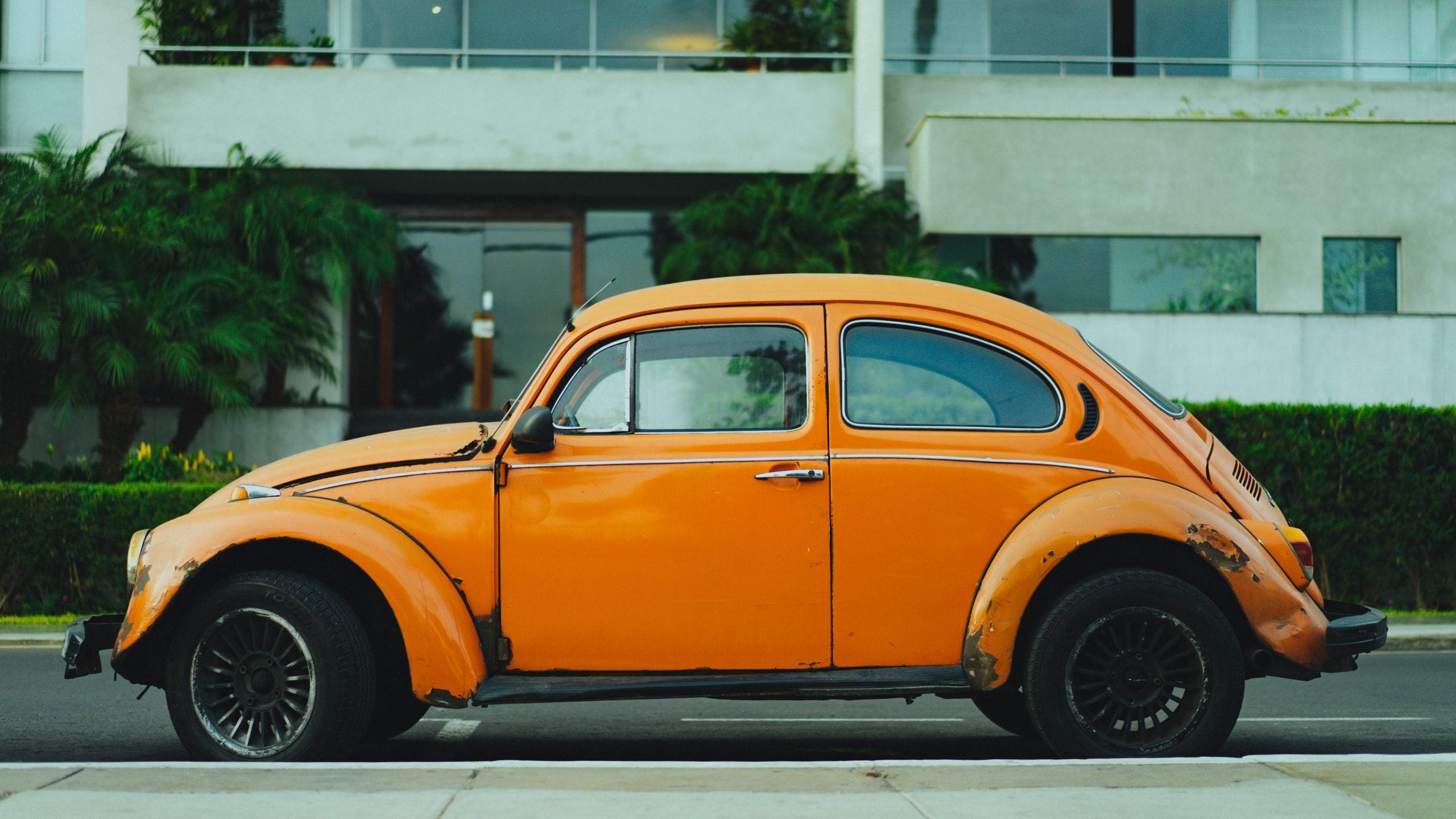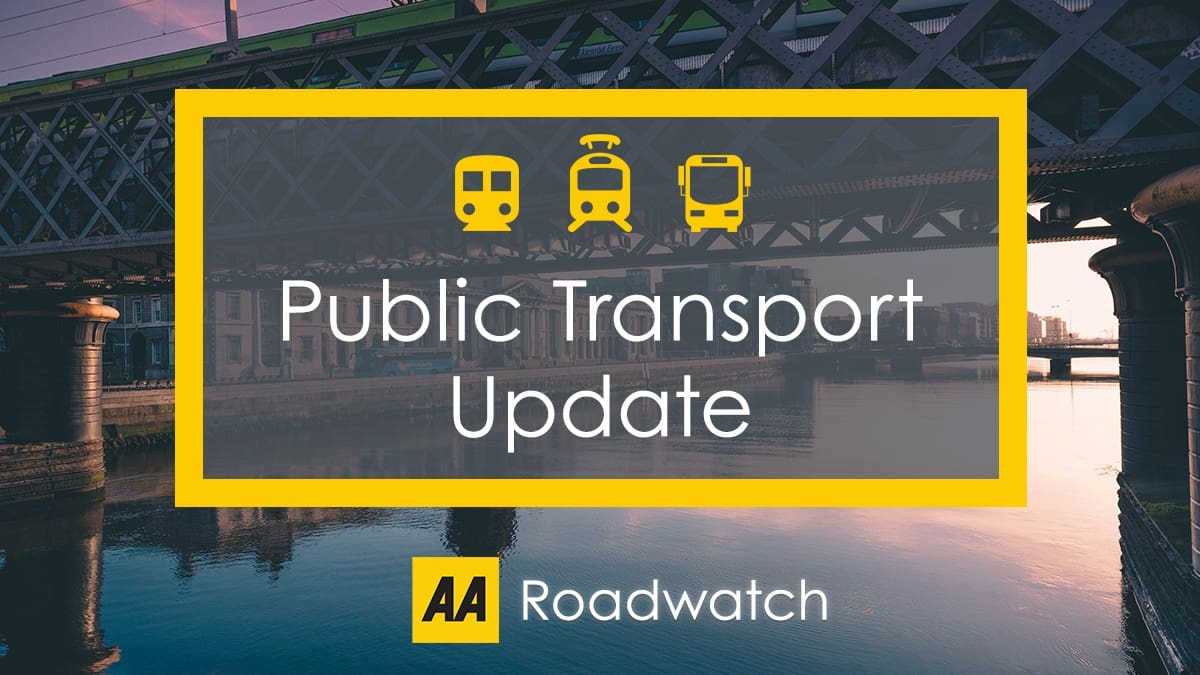Following months of travel restrictions, it’s likely you haven’t made very many long car trips in the past while. Now that intercounty travel has resumed, it’s a good time to carry out a few car safety checks to ensure that everything’s running as it should be. This handy blog will cover some essential checks and leave you ready to explore your county again.
As a driver, it’s your responsibility to make sure your vehicle is in good working order. That means regularly checking the power steering and brake fluid, engine coolant, lights, seat belts, mirrors, tyres, windscreen wipers and washer fluid.
According to the RSA, motorists should have the following items with them at all times in case of an emergency:
- A first aid kit.
- A high vis vest or jacket.
- A red warning triangle (this is a requirement for HGVs and buses)
- A torch.
How to Carry Out Essential Car Safety Checks
1. Oil Level
By that, I mean checking the oil level, of course. This oil cools, lubricates, cleans and protects the car’s engine. You can check your oil level by using the dipstick under the bonnet before you set out. The oil should be changed regularly, and especially before long journeys (assuming we’ll get to make those again some day). If your vehicle doesn’t have a dipstick, a dashboard light should appear if there’s an issue. Refer to your owner’s manual if you’re unsure of how to check the oil level in your vehicle.
2. Steering and Brake Fluid
The power steering fluid tank is located under your bonnet. It’s usually made of transparent material, but not always, so check your owner’s manual if you’re struggling to find it. On most tanks, you’ll see level readings for hot and cold conditions. The level of fluid should be between the maximum and minimum markings. Be sure to regularly check these levels between services.
The brake fluid is also usually in a see-through container under your bonnet. This allows you to check the fluid level without taking off the cap (which is not advised, as it can result in contamination). A thorough inspection of the brakes can only be carried out when the wheels are removed from your vehicle, so it’s important to have your vehicle serviced regularly in accordance with the manufacturer’s guidelines. If your brake fluid is at or below the minimum level, contact your garage immediately.
3. Engine Coolant
Like with the steering and brake fluid, the coolant tank is usually a transparent container found under the bonnet (if you can’t find it, check your car manual). The coolant keeps the car engine from overheating, which can result in engine damage. The coolant tank usually has a maximum and minimum mark on the exterior, and the level of coolant/antifreeze inside should be within these markings. Only check the coolant when the engine is cold. If you think the tank may need to be topped up, revert to your trusty owner’s manual – it will tell you what kind of coolant you need.
4. Lights
As the saying goes, stay safe, stay visible. Your lights all need to be working properly so you can see and be seen. Lights to be checked include:
- Side and head lamps and Daytime Running Lights (DRLs)
- Direction indicators
- Fog lamps
- Rear lamps
- Stop lamps
- Number plate lighting
- Reverse lamps
It’s important to keep your lights clean and replace bulbs when necessary. Your vehicle must have white or yellow lights showing at the front and red lights showing at the rear, as well as amber indicators and white or yellow reverse lights. Do not make any changes or alterations to your lights without professional advice, as this could have safety and legal implications. For details on how to correctly use your car lights, read our blog post.
5. Tyres
Tyre pressure needs to be checked regularly using a pressure gauge. Having the correct tyre pressure is essential for safe driving as it ensures that tyres have the correct grip on the road. It also improves fuel consumption. Make sure each tyre (including the spare) adheres to the recommended pressure levels from the vehicle’s manufacturer to avoid a loss of pressure or a blowout.
Alongside this, it’s important for tyres to maintain a safe tread depth. The minimum legal tread depth of a car tyre in Ireland is 1.6mm, although in winter we recommend changing a tyre is the tread is below 2.0mm A handy check for this can be done using a €1 coin. If you place the coin upright between the treads you should not be able to see the gold rim – if you can, it’s time to replace your tyres! For those of you with motorcycles and vintage vehicles, the minimum tread depth is 1mm.
You should regularly check your tyres for any damage, such as cuts or bulges. It’s handy to know how to change a tyre, and even handier to have a spare tyre and repair kit in the car at all times. We’ve a guide on what to do if you get a puncture here.
6. Windscreen Wipers and Wash
The life span of wiper blades varies based on usage and conditions, but they usually last about 1-2 years. Regularly check your wipers and wiper blades for wear and tear, and replace as necessary. You should also ensure your windscreen washer liquid is topped up. The windscreen wash cap is located under your car bonnet, and you can purchase windscreen washer liquid from garages, supermarkets and DIY shops. Use a bottle or funnel when topping up washer liquid to avoid spillages. Finally, you should keep your windscreen clean and your dashboard clear of clutter to ensure you can properly see the road and other road users.
7. Mirrors
Your car must have the correct mirrors fitted so you can always be aware of what’s behind you, and on either side of you. Like your lights, mirrors should be kept clean, in good condition and in the correct position. If someone else has been driving your vehicle, or you have moved one of your mirrors to assist you while carrying out a manoeuvre, don’t forget to reposition them afterwards.
These are all measures you can take to ensure your journey is a safe one, especially once we’re all back on the roads on a more regular basis. Don’t forget when you do drive again that pedestrians and cyclists need extra space for social distancing, so be sure to take extra care when passing others on the road. In the meantime, stay safe, and we’ll be over at the AA Roadwatch Newsroom with live travel updates.






